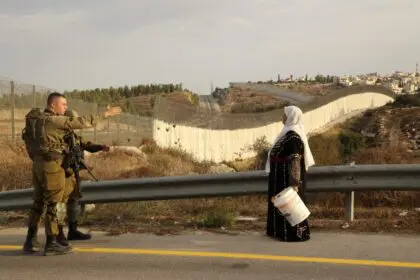The Guidelines 'do not entail new international or domestic obligations but identify mechanisms, modalities, procedures and methods for the implementation of existing legal obligations under international human rights law and international humanitarian law'.

The most recent instrument of international law dealing with remedies for victims following wrongful acts by states is the Basic Principles and Guidelines on the Right to a Remedy and Reparation for Victims of Gross Violations of International Human Rights Law and Serious Violations of International Humanitarian Law (2005) (hereafter Guidelines). The Guidelines ‘do not entail new international or domestic obligations but identify mechanisms, modalities, procedures and methods for the implementation of existing legal obligations under international human rights law and international humanitarian law’.
The Guidelines are restricted to gross violations. They contain a codification of the legal consequences and standards arising from gross violations of international human rights and humanitarian law. The Rome Statute of the International Criminal Court (ICC) constitutes a reference point, since it describes in detail the elements and acts which constitute war crimes, genocide and crimes against humanity under international law. In part 2 of the Rome Statute of the ICC on Jurisdiction, Admissibility, and Applicable Law, the crimes that fall under the jurisdiction of the ICC are listed in Articles 5 to 8. In accordance with the Rome Statute, the Court has jurisdiction with respect to, among other matters, crimes against humanity and war crimes (Article 5, par. 1 under b and c).
For the purpose of the Statute, ‘crimes against humanity’ include ‘deportation or forcible transfer of population’ and ‘persecution against any identifiable group or collectivity on religious, cultural, political and ethnic grounds (Article 7, par. 1 under d, h). In paragraph 2a, there is a description of the crimes cited in paragraph 1. On deportation it reads: ‘Deportation or forcible transfer of population means forced displacement of the persons concerned by expulsion or other coercive acts from the area in which they are lawfully present, without grounds permitted under international law.’ An explanation is also given of the crime of apartheid and persecution.
Palestinians have been victims of deportation and forcible transfer since the creation of the State of Israel. These acts are still being carried out. In accordance with international law, the Guidelines contain principles allowing the provision of full and effective reparation to victims that are appropriate and proportional to the gravity of the violation and the circumstances of each case.
A basic idea of the Guidelines is that reparative justice is a condition for reconciliation, peace and democracy. The reparations described in the Guidelines refer to a wide range of remedies. Some of these have already been enumerated in the above-mentioned instruments:
- Restitution which must help the victim to return to the original situation before the violation occurred. Restitution includes, among other things, restoration of liberty, identity, family life, return to one’s place of residence and return of property.
- Compensation for any economically assessable damage resulting from physical or mental harm, lost opportunities, material damage and loss of earnings and moral damage. ‘The payment of compensation can be conceived of covering all the damage which the victim has suffered that can be financially assessed so as to ensure full reparation.’
- Rehabilitation, including medical and psychological care.
- Satisfaction, including a whole list of measures depending on the circumstances, such as official declarations or judicial decisions restoring the dignity, reputation and the rights of the victim, a public apology and acknowledgement of the facts and acceptance of responsibility. ‘Satisfaction’ covers a wide and varied range of non-monetary measures that may contribute to reparation. ‘A central component is the role of public acknowledgment of the violation. (…) Satisfaction may consist of an acknowledgment of the breach, an expression of regret, a formal apology, a declaratory judgement or another appropriate modality. (…) One of the most common forms of satisfaction is a declaration of the wrongfulness of the act by a competent state body, be it a court or a tribunal or some other official organ.’
- Guarantees of non-repetition. The Guidelines emphasize the importance of holding to account those who perpetrate human rights abuses: ‘Holding perpetrators legally accountable for their actions is also of great relevance for reparation and is a fundamental way of providing some measure of redress for victims and their families.’




